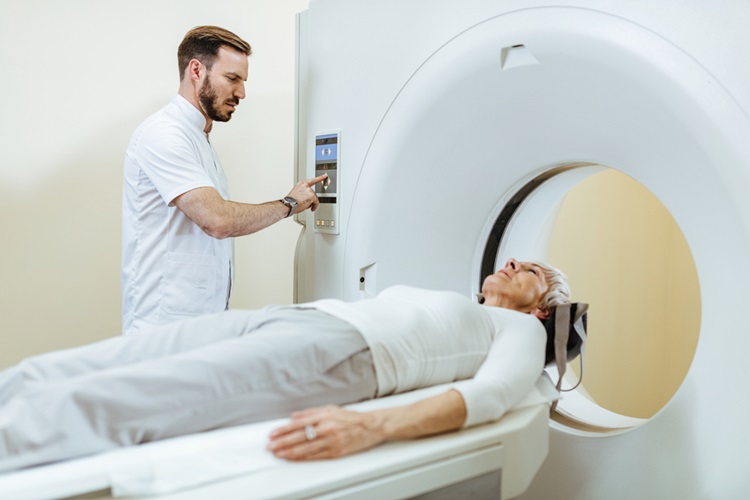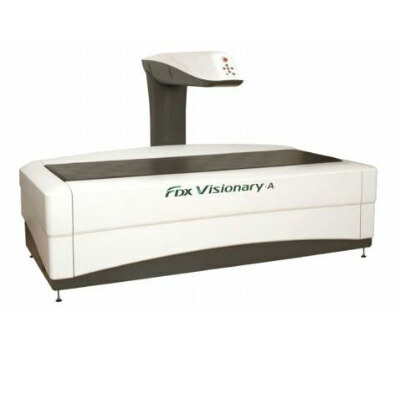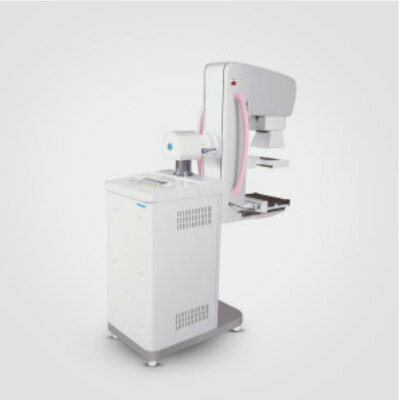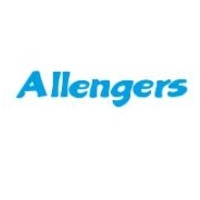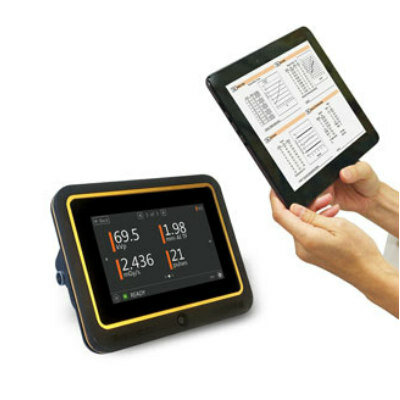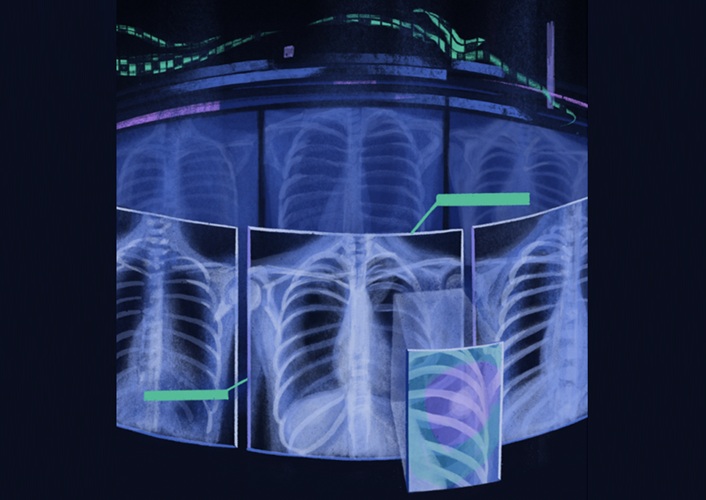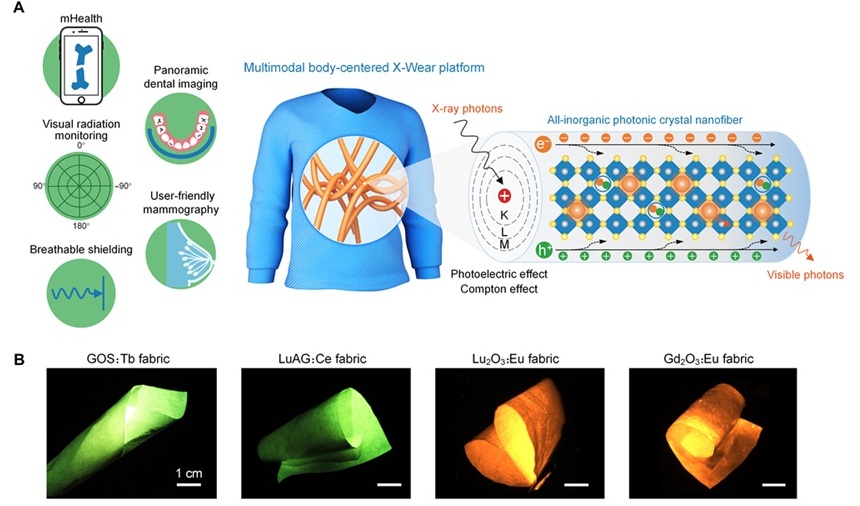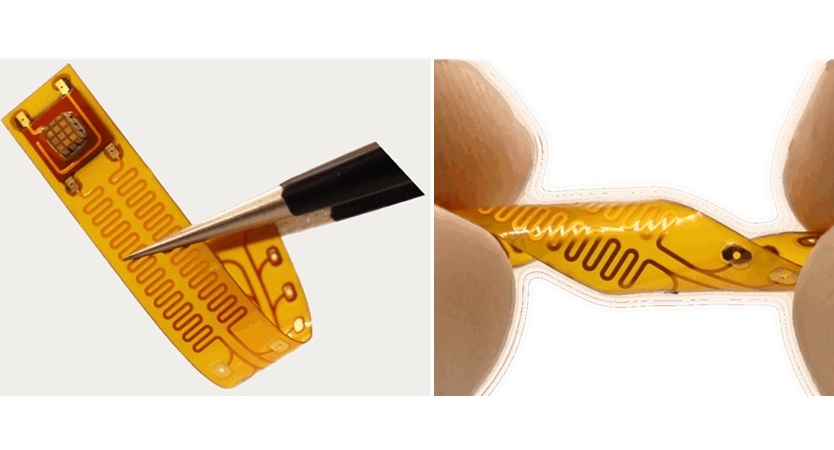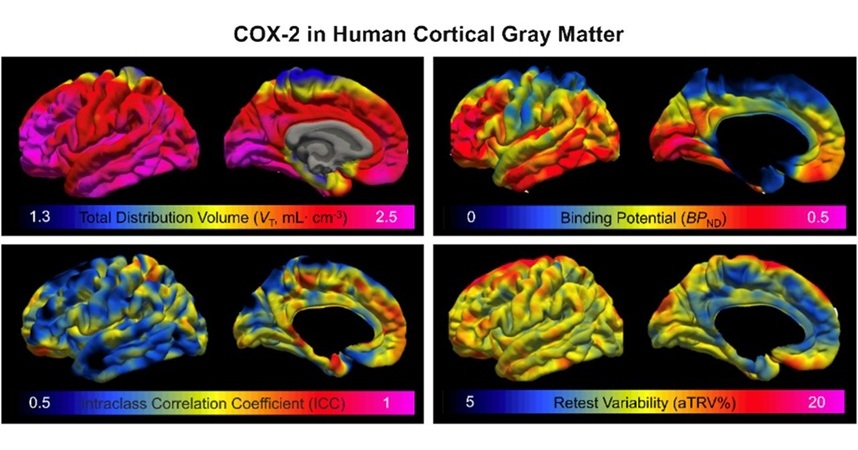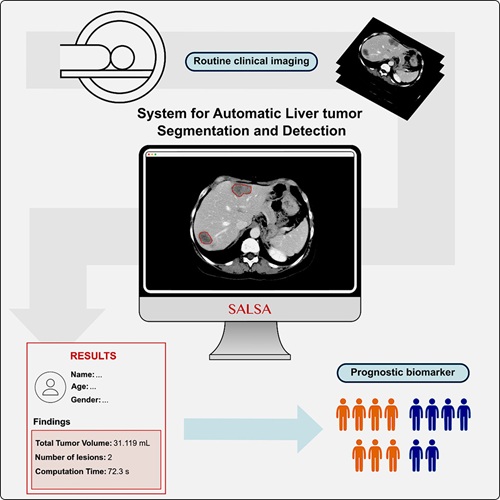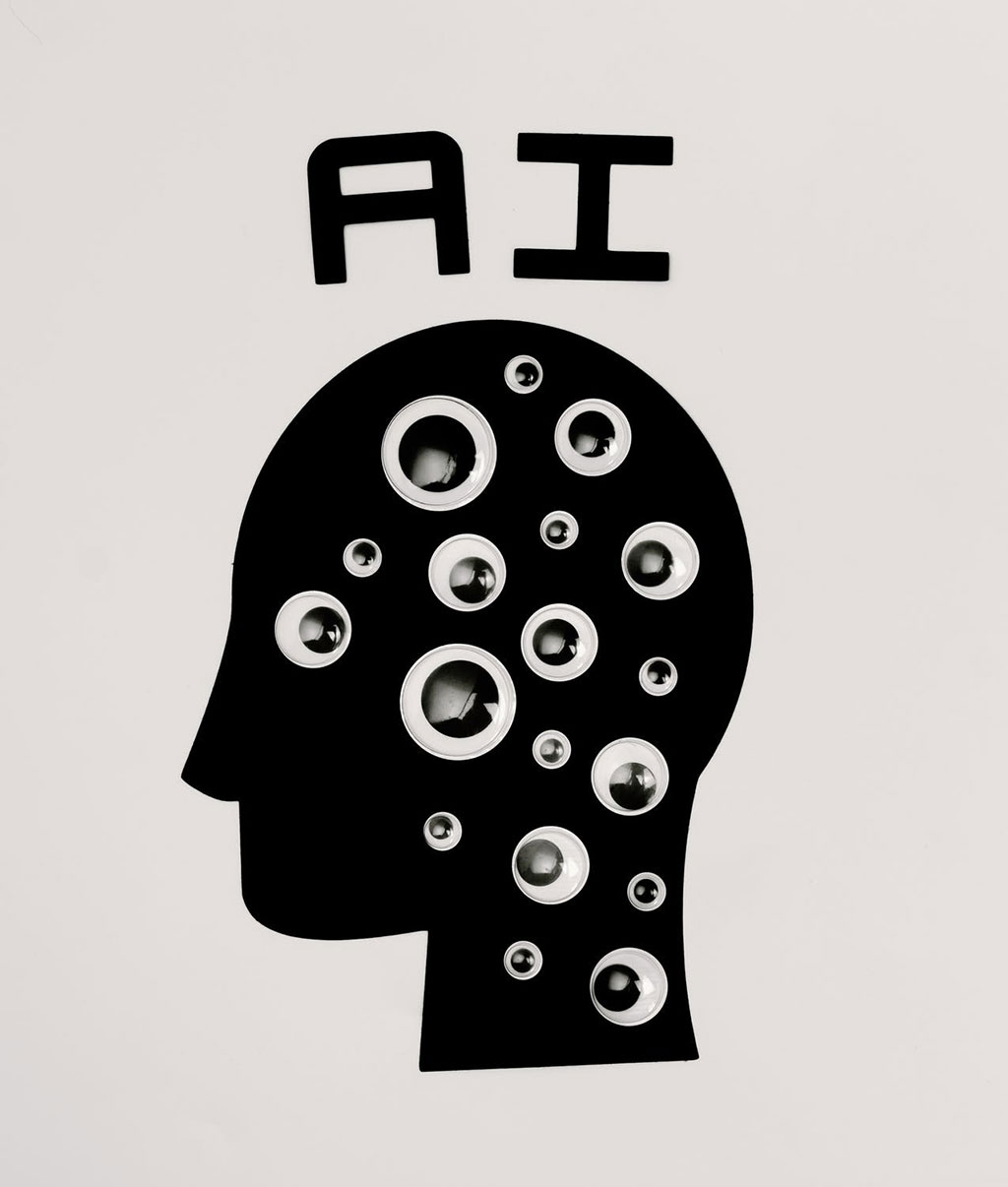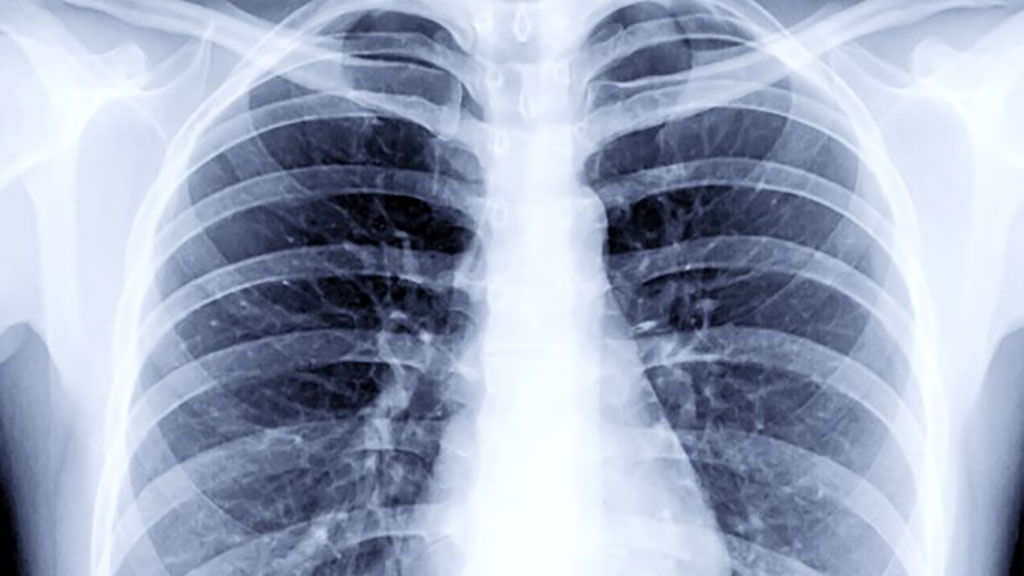US Army Hospital Physicians Create Way to Detect Stress Fractures Faster
|
By MedImaging International staff writers Posted on 03 Mar 2013 |
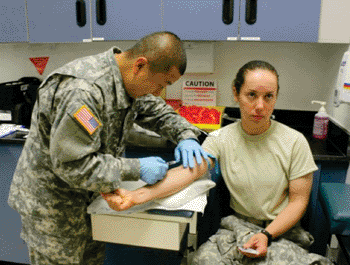
Image: Sgt. Christopher Funke, noncommissioned officer-in-charge of Nuclear Medicine at General Leonard Wood Army Community Hospital, injects Pfc. Sara Reagers, C Company, 84th Chemical Battalion, with a radiopharmaceutical agent (Photo courtesy of John Brooks).
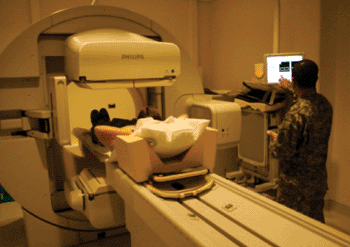
Image: Three to four hours later after the substance has worked its way through the body, the single photon emission computed tomography (SPECT) system can detect the low-level radiation absorbed by stress-injured bone (Photo courtesy of John Brooks).
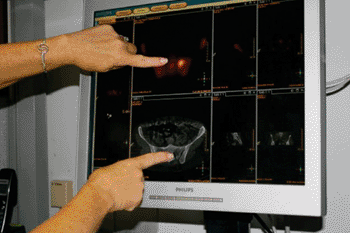
Image: Evaluating the scan (Photo courtesy of John Brooks).
A new imaging protocol developed by the US Army radiologists can now find stress fractures in soldiers much earlier than traditional X-rays.
Single photon emission computed tomography (SPECT) is typically used for nonmusculoskeletal imaging studies, such as cardiac, parathyroid, and adrenal gland imaging. But this ground breaking use of SPECT imaging, in conjunction with a low-dose computed tomography scan, allows General Leonard Wood Army Community Hospital (GLWACH; Lenard Wood, MO, USA) radiologists to optimally rank stress injuries for severity.
With this information, providers return about two thirds more Soldiers back to training after rehabilitation, long before injuries would normally progress to career-ending injuries and incurring large training losses. “SPECT-CT fusion forms a more anatomically-precise image to allow radiologists to pinpoint the exact location of a stress change,” explained Maj. Mustafa Ali-Khan, GLWACH radiology chief. “SPECT-CT is typically not employed in the manner it is here at Fort Leonard Wood. The use of SPECT fusion imaging, although not unique to Army medicine, is unique to its application in its dedicated capacity in musculoskeletal imaging at a Training and Doctrine Command facility, in the manner employed here at Fort Leonard Wood.”
This innovative imaging process was developed in 2010 by the GLWACH radiology department as the result of needs identified through the combined effort of GLWACH staff members in the Musculoskeletal Athletic Team, Orthopedics, Podiatry, and Combined Troop Medical Clinic. “After looking at our training population and our basic training missions, we realized that we could use this technology to our advantage,” Maj. Ali-Khan said.
The technology worked effectively and the numbers are incredible, according to Maj. Ali-Khan. GLWACH’s radiology department used their SPECT-CT fusion imaging technique about 300 times in 2011. “We expect to top 500 studies this year,” Maj. Ali-Khan said.
Typically, injured soldiers in training are given an X-ray and sent back to continue training if an injury is not visible. Missed stress injuries then progress and are discovered at a later date as a more serious insufficiency fracture, or stress fracture. “We have seen a dramatic increase in identification of early stress injuries here at GLWACH, which has led to better outcomes for our Soldier population and less patients who have progressed to more advanced stress injuries and [Medical Evaluation Board] cases,” Maj. Ali-Khan said. “Fewer patients end up with serious stress fractures due to the early intervention. SPECT-CT fusion imaging has worked well in the training environment to mitigate the overall number of bad outcomes with respect to evolving stress injuries. We have every reason to believe that other installations with SPECT equipment, as well as other branches of the military with high training populations subject to bone stress injuries could use our SPECT-CT fusion imaging protocol with a high success rate as well.”
Dr. Ali-Khan reported that the GLWACH medical department activity is fortunate to have this technology, which is typically only available at the Medical Center level at facilities such as Madigan Army Medical Center at Joint Base Lewis-McChord (WA, USA), Walter Reed National Military Medical Center (Bethesda, MD, USA), or Brooke Army Medical Center (San Antonio, TX, USA). “We all feel great to be a part of something so big at such a comparatively small facility,” he said.
It is hard to determine how many training losses will be prevented at GLWACH with SPECT-CT fusion imaging this year, according to Dr. Ali-Khan said. “But we can determine how many stress injuries the technology allows radiologists to catch, and then treat early,” he concluded.
Related Links:
General Leonard Wood Army Community Hospital
Single photon emission computed tomography (SPECT) is typically used for nonmusculoskeletal imaging studies, such as cardiac, parathyroid, and adrenal gland imaging. But this ground breaking use of SPECT imaging, in conjunction with a low-dose computed tomography scan, allows General Leonard Wood Army Community Hospital (GLWACH; Lenard Wood, MO, USA) radiologists to optimally rank stress injuries for severity.
With this information, providers return about two thirds more Soldiers back to training after rehabilitation, long before injuries would normally progress to career-ending injuries and incurring large training losses. “SPECT-CT fusion forms a more anatomically-precise image to allow radiologists to pinpoint the exact location of a stress change,” explained Maj. Mustafa Ali-Khan, GLWACH radiology chief. “SPECT-CT is typically not employed in the manner it is here at Fort Leonard Wood. The use of SPECT fusion imaging, although not unique to Army medicine, is unique to its application in its dedicated capacity in musculoskeletal imaging at a Training and Doctrine Command facility, in the manner employed here at Fort Leonard Wood.”
This innovative imaging process was developed in 2010 by the GLWACH radiology department as the result of needs identified through the combined effort of GLWACH staff members in the Musculoskeletal Athletic Team, Orthopedics, Podiatry, and Combined Troop Medical Clinic. “After looking at our training population and our basic training missions, we realized that we could use this technology to our advantage,” Maj. Ali-Khan said.
The technology worked effectively and the numbers are incredible, according to Maj. Ali-Khan. GLWACH’s radiology department used their SPECT-CT fusion imaging technique about 300 times in 2011. “We expect to top 500 studies this year,” Maj. Ali-Khan said.
Typically, injured soldiers in training are given an X-ray and sent back to continue training if an injury is not visible. Missed stress injuries then progress and are discovered at a later date as a more serious insufficiency fracture, or stress fracture. “We have seen a dramatic increase in identification of early stress injuries here at GLWACH, which has led to better outcomes for our Soldier population and less patients who have progressed to more advanced stress injuries and [Medical Evaluation Board] cases,” Maj. Ali-Khan said. “Fewer patients end up with serious stress fractures due to the early intervention. SPECT-CT fusion imaging has worked well in the training environment to mitigate the overall number of bad outcomes with respect to evolving stress injuries. We have every reason to believe that other installations with SPECT equipment, as well as other branches of the military with high training populations subject to bone stress injuries could use our SPECT-CT fusion imaging protocol with a high success rate as well.”
Dr. Ali-Khan reported that the GLWACH medical department activity is fortunate to have this technology, which is typically only available at the Medical Center level at facilities such as Madigan Army Medical Center at Joint Base Lewis-McChord (WA, USA), Walter Reed National Military Medical Center (Bethesda, MD, USA), or Brooke Army Medical Center (San Antonio, TX, USA). “We all feel great to be a part of something so big at such a comparatively small facility,” he said.
It is hard to determine how many training losses will be prevented at GLWACH with SPECT-CT fusion imaging this year, according to Dr. Ali-Khan said. “But we can determine how many stress injuries the technology allows radiologists to catch, and then treat early,” he concluded.
Related Links:
General Leonard Wood Army Community Hospital
Latest MRI News
- AI-Assisted Model Enhances MRI Heart Scans
- AI Model Outperforms Doctors at Identifying Patients Most At-Risk of Cardiac Arrest
- New MRI Technique Reveals Hidden Heart Issues
- Shorter MRI Exam Effectively Detects Cancer in Dense Breasts
- MRI to Replace Painful Spinal Tap for Faster MS Diagnosis
- MRI Scans Can Identify Cardiovascular Disease Ten Years in Advance
- Simple Brain Scan Diagnoses Parkinson's Disease Years Before It Becomes Untreatable
- Cutting-Edge MRI Technology to Revolutionize Diagnosis of Common Heart Problem
- New MRI Technique Reveals True Heart Age to Prevent Attacks and Strokes
- AI Tool Predicts Relapse of Pediatric Brain Cancer from Brain MRI Scans
- AI Tool Tracks Effectiveness of Multiple Sclerosis Treatments Using Brain MRI Scans
- Ultra-Powerful MRI Scans Enable Life-Changing Surgery in Treatment-Resistant Epileptic Patients
- AI-Powered MRI Technology Improves Parkinson’s Diagnoses
- Biparametric MRI Combined with AI Enhances Detection of Clinically Significant Prostate Cancer
- First-Of-Its-Kind AI-Driven Brain Imaging Platform to Better Guide Stroke Treatment Options
- New Model Improves Comparison of MRIs Taken at Different Institutions
Channels
Radiography
view channel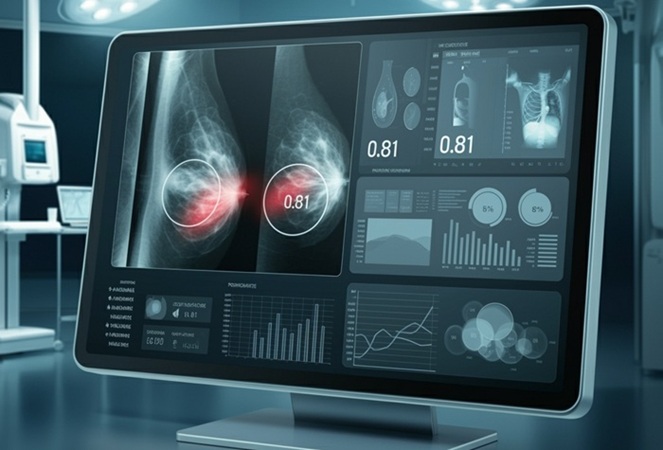
RSNA AI Challenge Models Can Independently Interpret Mammograms
Breast cancer screening aims to detect cancers early while minimizing unnecessary recalls, yet balancing sensitivity and specificity remains a challenge. Automating detection in mammograms could help radiologists... Read more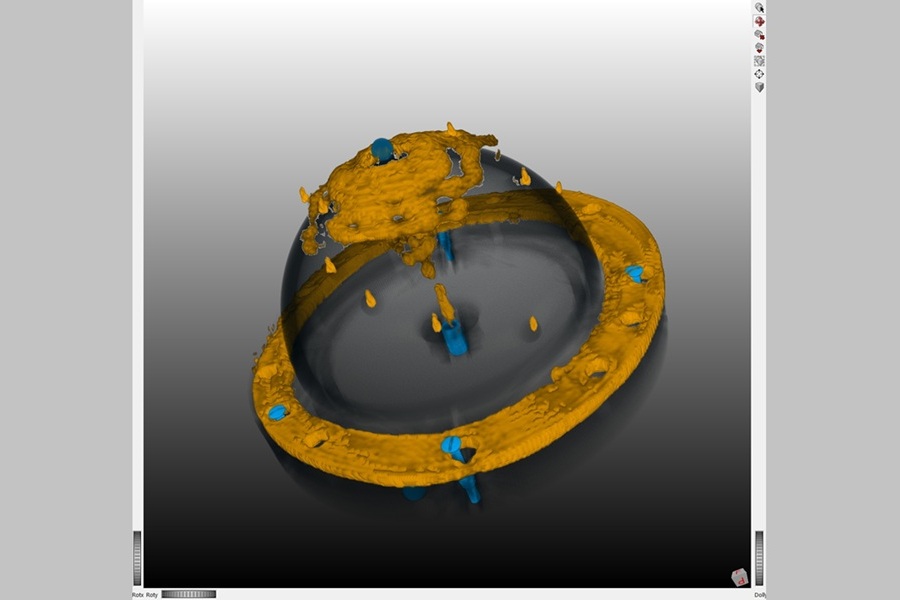
New Technique Combines X-Ray Imaging and Radar for Safer Cancer Diagnosis
X-ray imaging methods, such as mammography and computed tomography (CT) scans, are essential for diagnosing and monitoring breast and lung cancer. While CT provides valuable three-dimensional insights,... Read moreUltrasound
view channel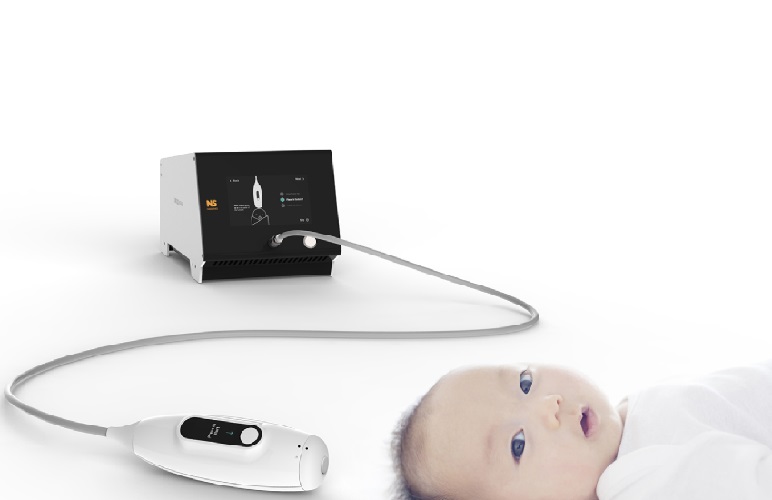
Non-Invasive Ultrasound-Based Tool Accurately Detects Infant Meningitis
Meningitis, an inflammation of the membranes surrounding the brain and spinal cord, can be fatal in infants if not diagnosed and treated early. Even when treated, it may leave lasting damage, such as cognitive... Read more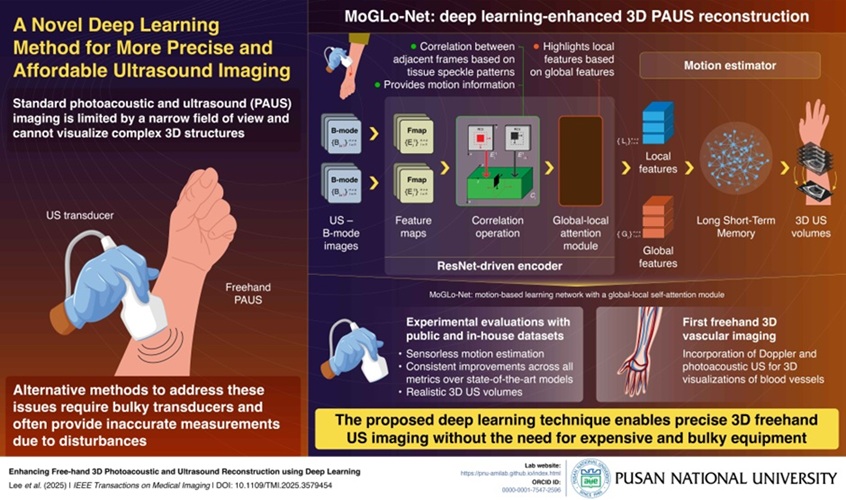
Breakthrough Deep Learning Model Enhances Handheld 3D Medical Imaging
Ultrasound imaging is a vital diagnostic technique used to visualize internal organs and tissues in real time and to guide procedures such as biopsies and injections. When paired with photoacoustic imaging... Read moreNuclear Medicine
view channel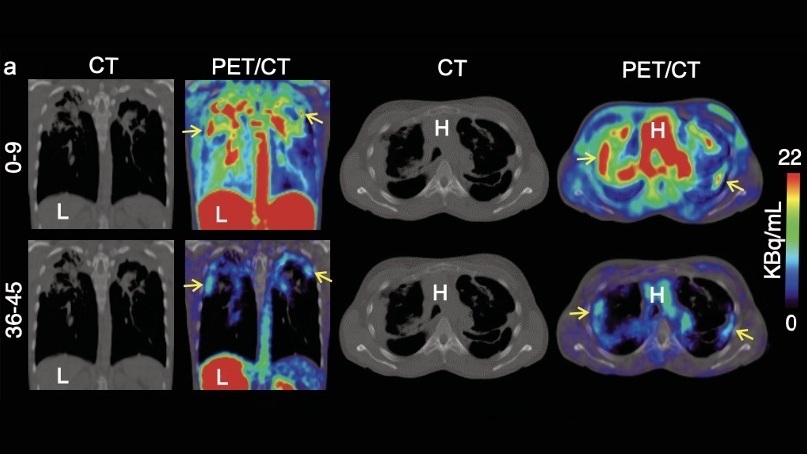
Novel Bacteria-Specific PET Imaging Approach Detects Hard-To-Diagnose Lung Infections
Mycobacteroides abscessus is a rapidly growing mycobacteria that primarily affects immunocompromised patients and those with underlying lung diseases, such as cystic fibrosis or chronic obstructive pulmonary... Read more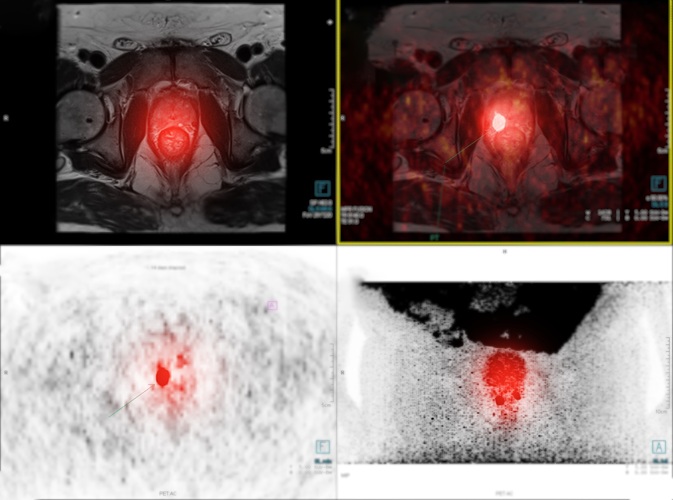
New Imaging Approach Could Reduce Need for Biopsies to Monitor Prostate Cancer
Prostate cancer is the second leading cause of cancer-related death among men in the United States. However, the majority of older men diagnosed with prostate cancer have slow-growing, low-risk forms of... Read moreGeneral/Advanced Imaging
view channel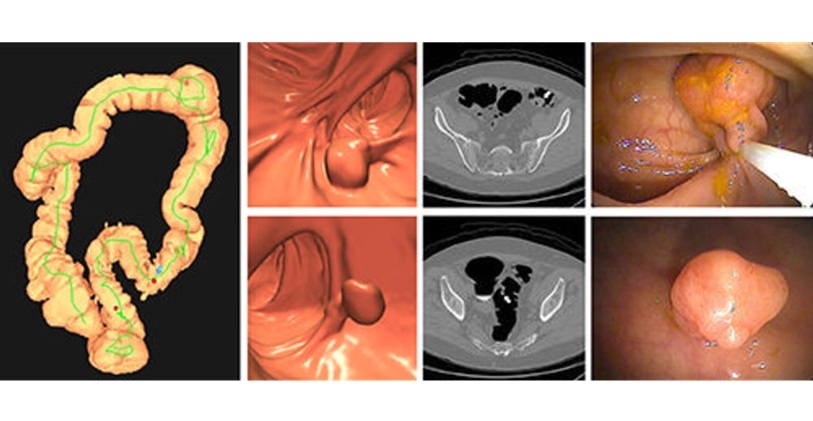
CT Colonography Beats Stool DNA Testing for Colon Cancer Screening
As colorectal cancer remains the second leading cause of cancer-related deaths worldwide, early detection through screening is vital to reduce advanced-stage treatments and associated costs.... Read more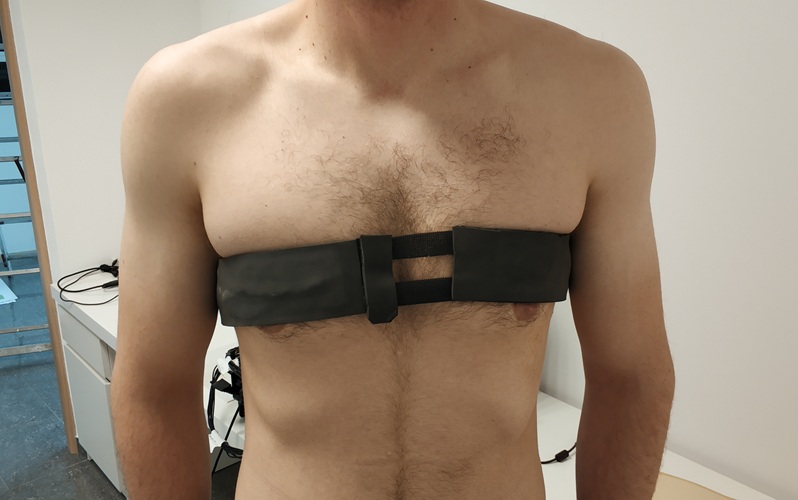
First-Of-Its-Kind Wearable Device Offers Revolutionary Alternative to CT Scans
Currently, patients with conditions such as heart failure, pneumonia, or respiratory distress often require multiple imaging procedures that are intermittent, disruptive, and involve high levels of radiation.... Read more
AI-Based CT Scan Analysis Predicts Early-Stage Kidney Damage Due to Cancer Treatments
Radioligand therapy, a form of targeted nuclear medicine, has recently gained attention for its potential in treating specific types of tumors. However, one of the potential side effects of this therapy... Read moreImaging IT
view channel
New Google Cloud Medical Imaging Suite Makes Imaging Healthcare Data More Accessible
Medical imaging is a critical tool used to diagnose patients, and there are billions of medical images scanned globally each year. Imaging data accounts for about 90% of all healthcare data1 and, until... Read more
Global AI in Medical Diagnostics Market to Be Driven by Demand for Image Recognition in Radiology
The global artificial intelligence (AI) in medical diagnostics market is expanding with early disease detection being one of its key applications and image recognition becoming a compelling consumer proposition... Read moreIndustry News
view channel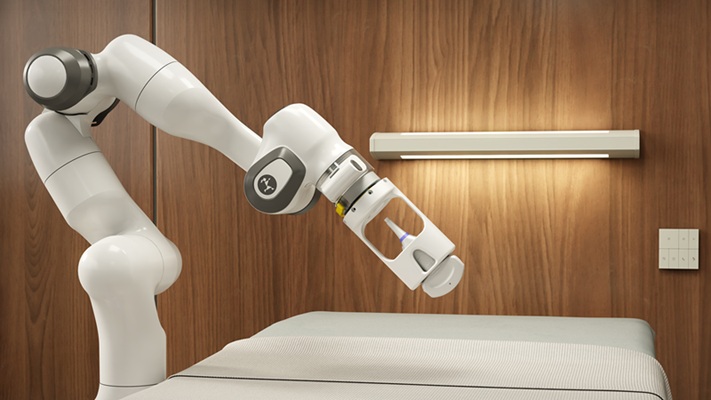
GE HealthCare and NVIDIA Collaboration to Reimagine Diagnostic Imaging
GE HealthCare (Chicago, IL, USA) has entered into a collaboration with NVIDIA (Santa Clara, CA, USA), expanding the existing relationship between the two companies to focus on pioneering innovation in... Read more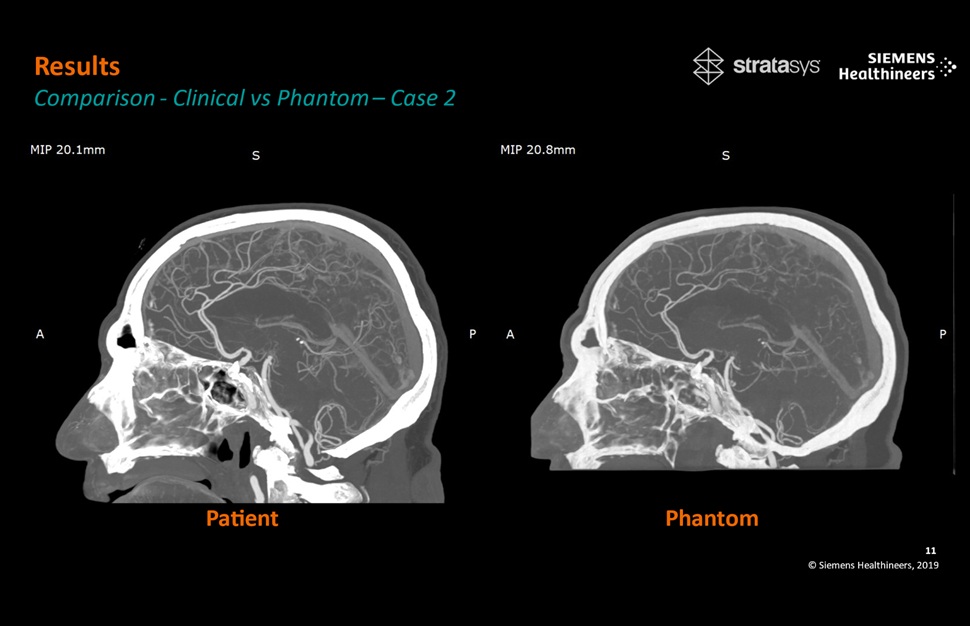
Patient-Specific 3D-Printed Phantoms Transform CT Imaging
New research has highlighted how anatomically precise, patient-specific 3D-printed phantoms are proving to be scalable, cost-effective, and efficient tools in the development of new CT scan algorithms... Read more
Siemens and Sectra Collaborate on Enhancing Radiology Workflows
Siemens Healthineers (Forchheim, Germany) and Sectra (Linköping, Sweden) have entered into a collaboration aimed at enhancing radiologists' diagnostic capabilities and, in turn, improving patient care... Read more